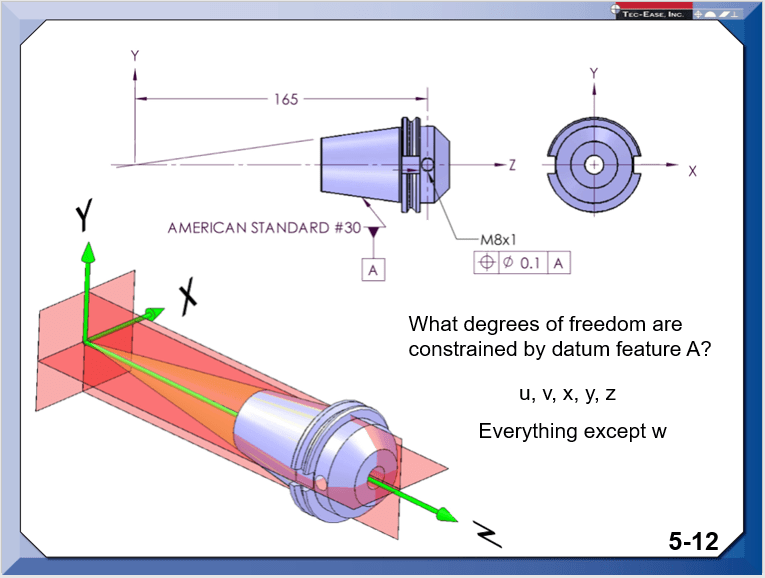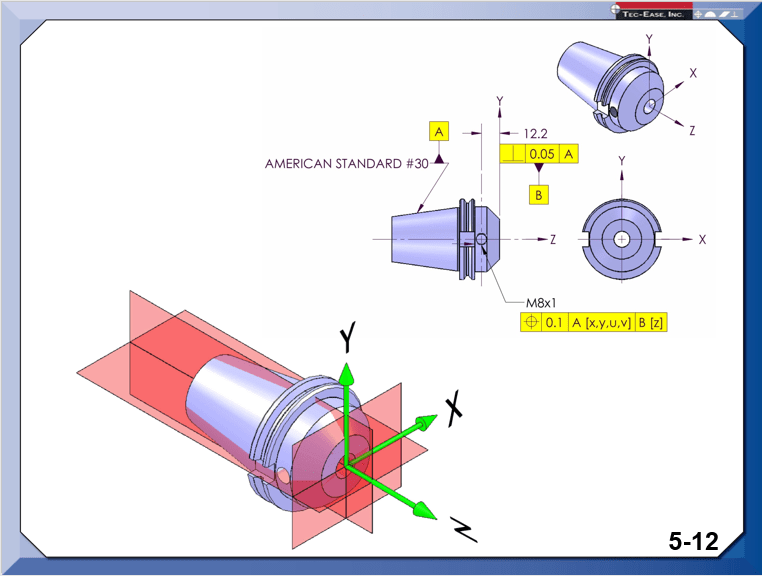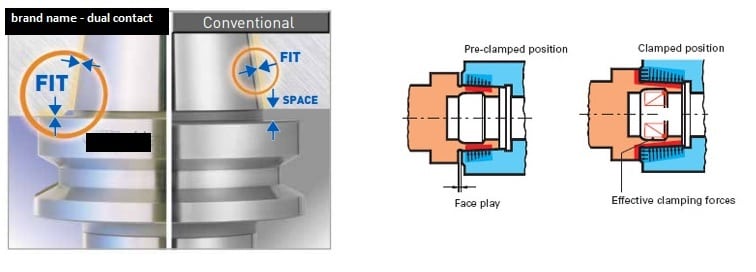pmarc
Mechanical
- Sep 2, 2008
- 3,227
This thread has been inspired by some comments (recent and past) that implied that the usefulness of the customized DRF concept is questionable at best.
So I would like to ask for opinions about the attached example. Do you think the customized DRF for the pulley (primary conical datum feature constraining 4 and not 5 DOFs, and secondary planar datum feature constraining 1 translational DOF) in this case would not make sense?
Thank you.
So I would like to ask for opinions about the attached example. Do you think the customized DRF for the pulley (primary conical datum feature constraining 4 and not 5 DOFs, and secondary planar datum feature constraining 1 translational DOF) in this case would not make sense?
Thank you.



